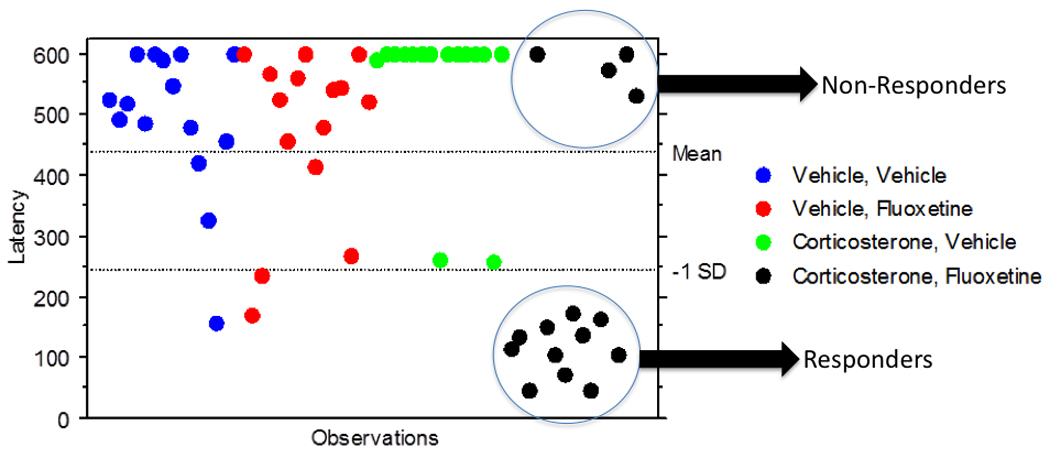FIGURE 1. Responders and Non-Responders to Antidepressant Treatment in the Novelty Suppressed Feeding Test.

60 C57BL/6 mice were divided into four groups depending on drug treatment (Vehicle Only blue dots; Vehicle + Chronic Fluoxetine red dots; Chronic Corticosterone + Vehicle green dots; and Chronic Corticosterone + Chronic Fluoxetine black dots). C57BL/6 mice that have not been exposed to stress show a wide distribution of responses. Most C57BL/6 that have been exposed to chronic corticosterone show an increased latency to take a bite of a food pellet in an anxiogenic environment (compare green dots to blue dots). There are a few subjects that show resilience to the chronic corticosterone procedure (green dots around 250 seconds). This increased anxiety phenotype induced by chronic corticosterone is reversible in some, but not all, subjects with chronic antidepressant treatment (black dots), resulting in a bimodal distribution. Therefore, this distribution may provide of model of responders and non-responders to chronic antidepressant treatment.
